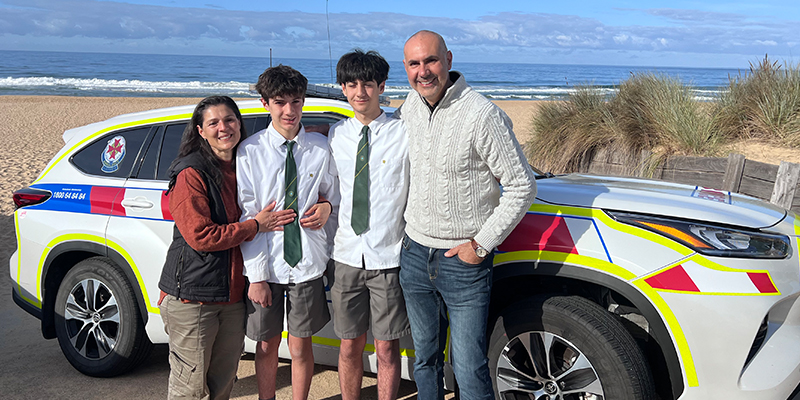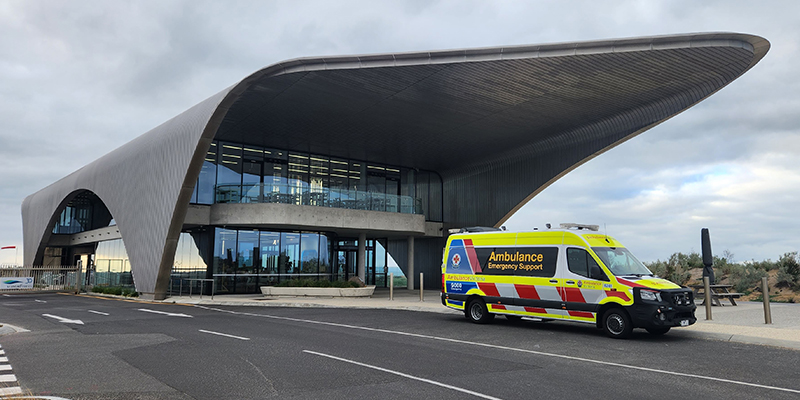After years of drought in parts of the Murray-Darling Basin, wetter conditions and a record delivery of water for the environment have brought widespread benefits across the Basin in 2021 – 22.
Almost 2000 gigalitres of Commonwealth water was delivered for the environment last year – the largest annual volume delivered to date. This amount of water is equivalent to around 4 Sydney Harbours.
This water was delivered alongside natural flows and other sources of water for the environment to support waterbird breeding, native fish spawning and migration, and get water to wetlands that would have otherwise missed out.
In the last 12 months, waterbirds have been breeding in large numbers at sites across the Basin. For the first time in over 20 years waterbirds have bred in the Gwydir Wetlands, Macquarie Marshes and Narran Lakes (Dharriwaa) at the same time.
There’s also been mass Golden perch spawning and migration along the Darling-Baaka River and the lower Murray, and some wetlands along the mid-Murray River have received water for the first time in 5 years.
In the Edward Kolety-Wakool and Murrumbidgee systems, water for the environment was used to create refuge areas for native fish to help them survive during low-oxygen blackwater events.
The Commonwealth Environmental Water Office (CEWO) delivered this water in partnership with state agencies, First Nations, Basin communities and scientists to get the most out of all the water available for the environment.
While it has been a successful year, it is important to put these outcomes in perspective.
Waterbird populations have been declining over the last 35 years, and native fish populations are well below historical levels. While higher river flows have meant more wetlands and floodplains have received water, many have still missed out.
There’s still more to be done. With consecutive wet years, it is critical that waterbird and native fish populations are able to rebuild while breeding conditions are good. It’s also important governments continue to implement the Basin Plan, including undertaking measures to get more water onto the floodplains.
The outcomes achieved over the last 12 months will be consolidated with future deliveries of water for the environment. Details of the CEWO Water Management Plan for 2022-23 will be available in the coming weeks.
For more great photos: Widespread environmental benefits across the Basin (arcgis.com)








